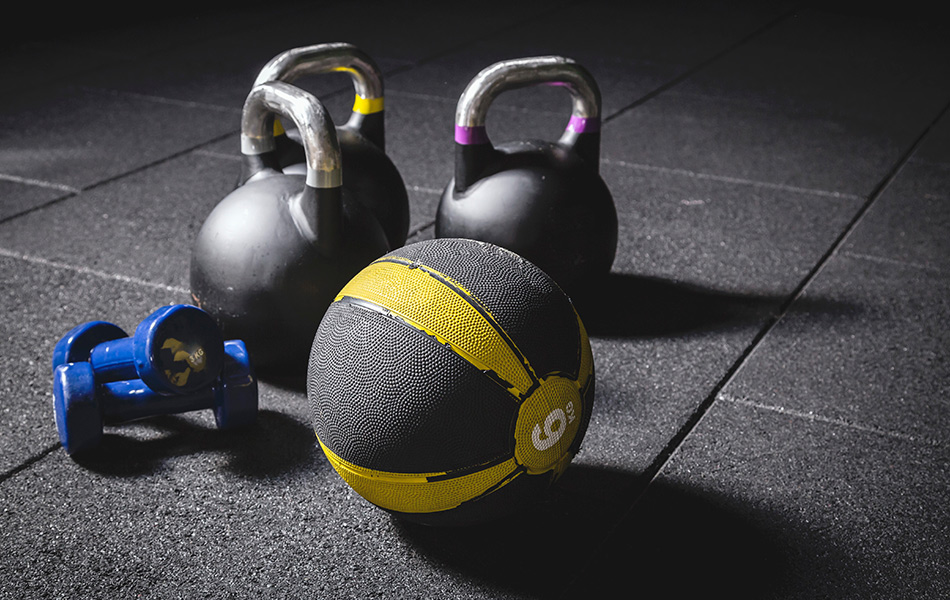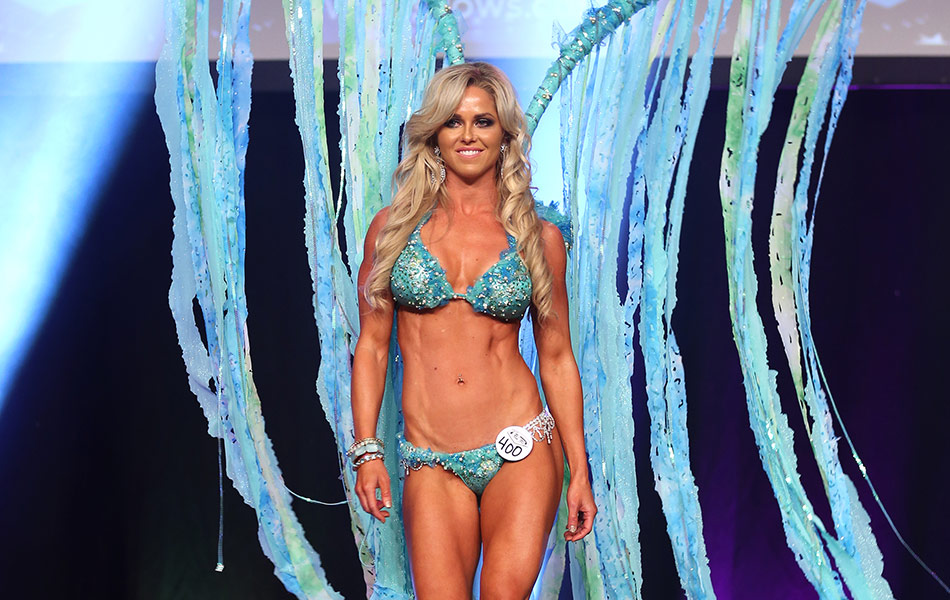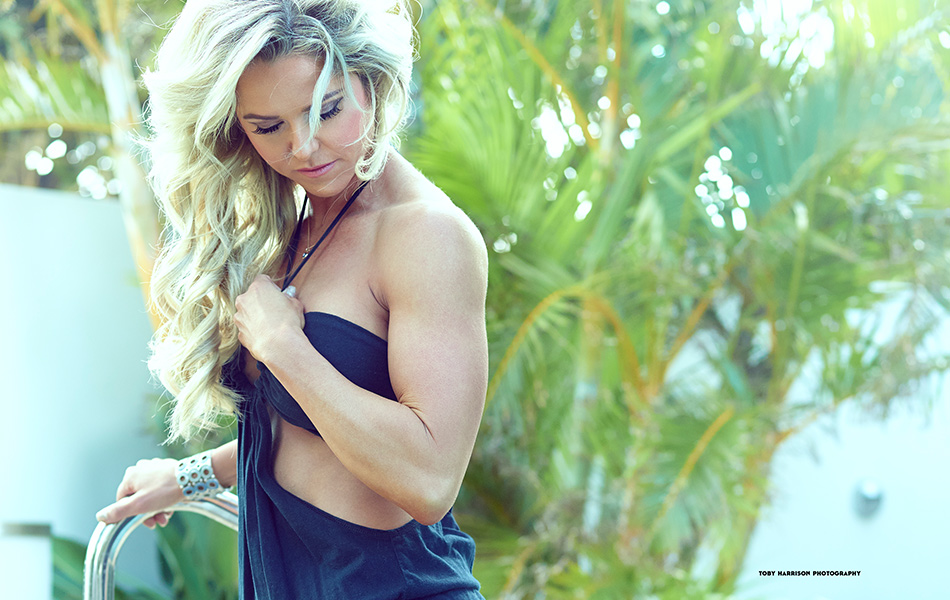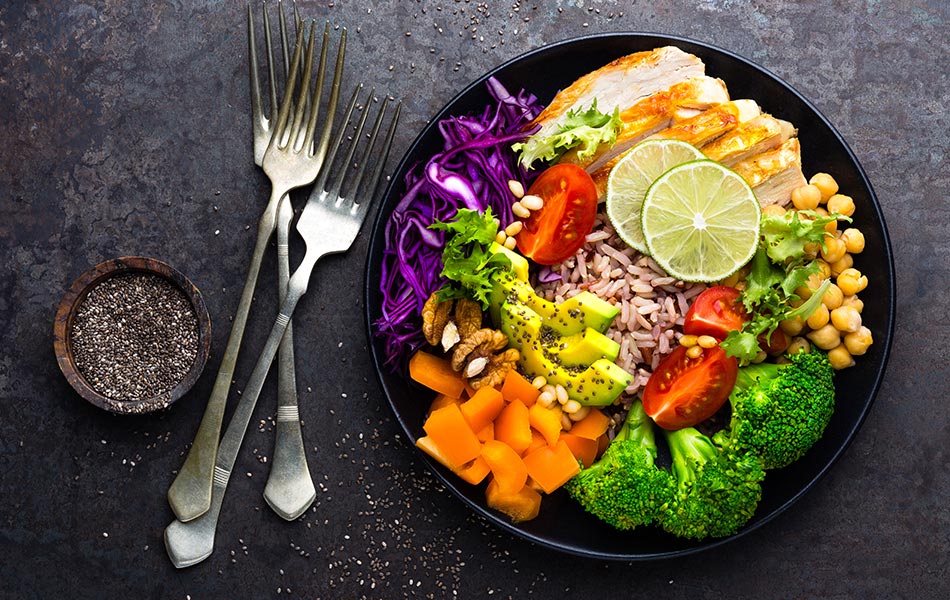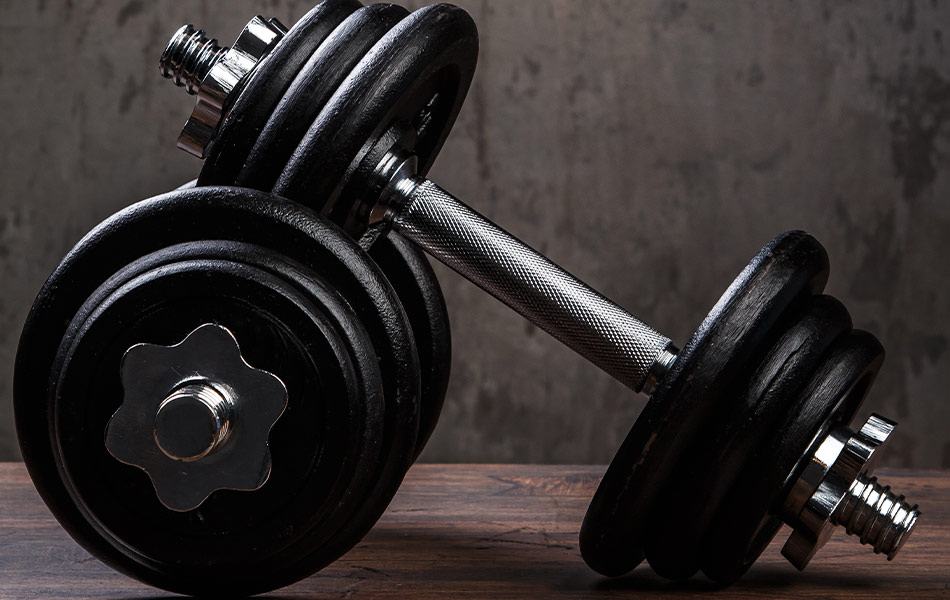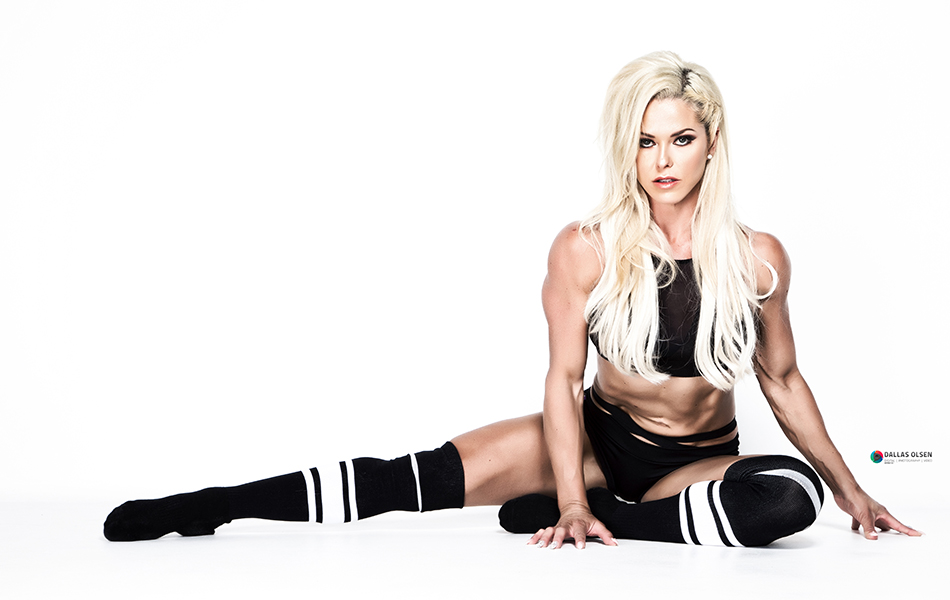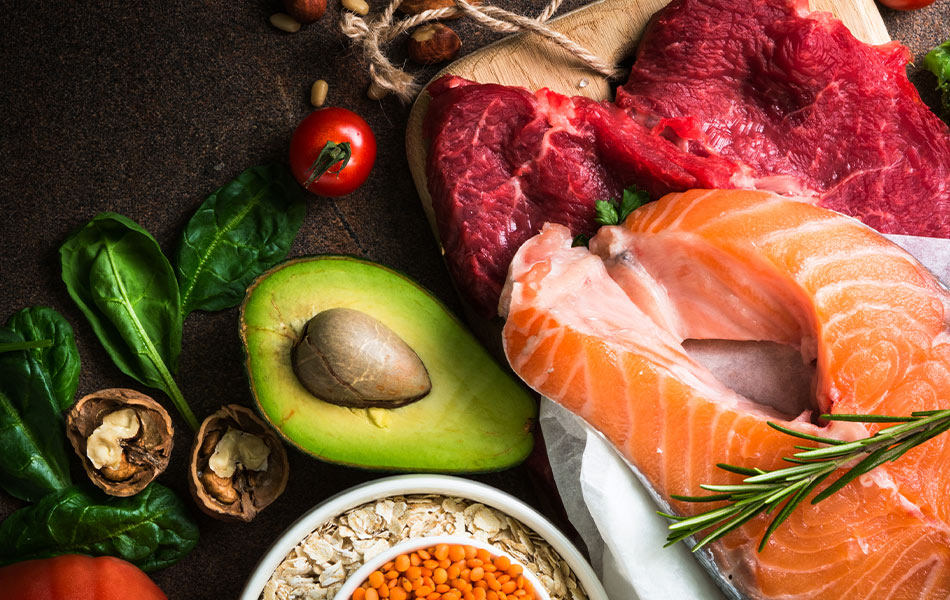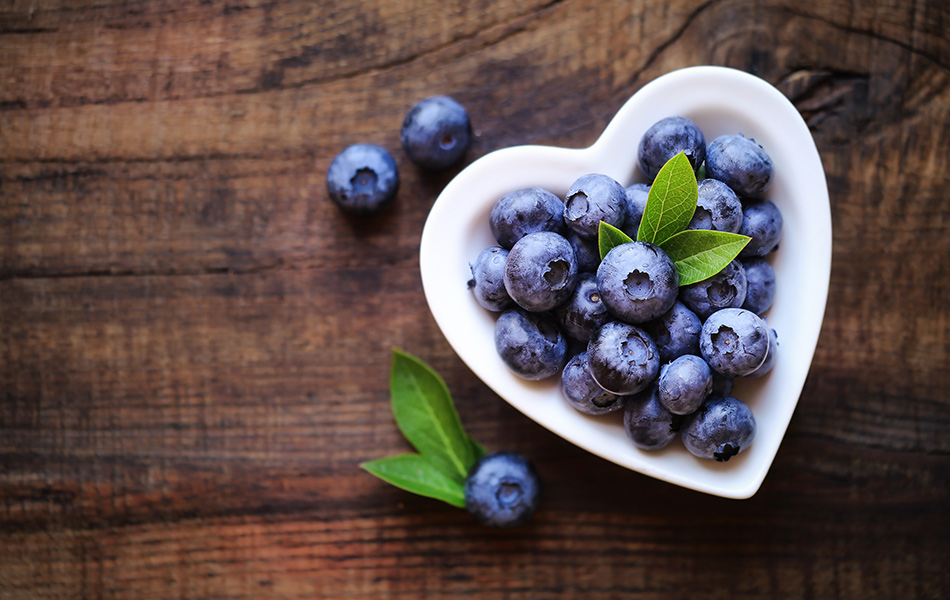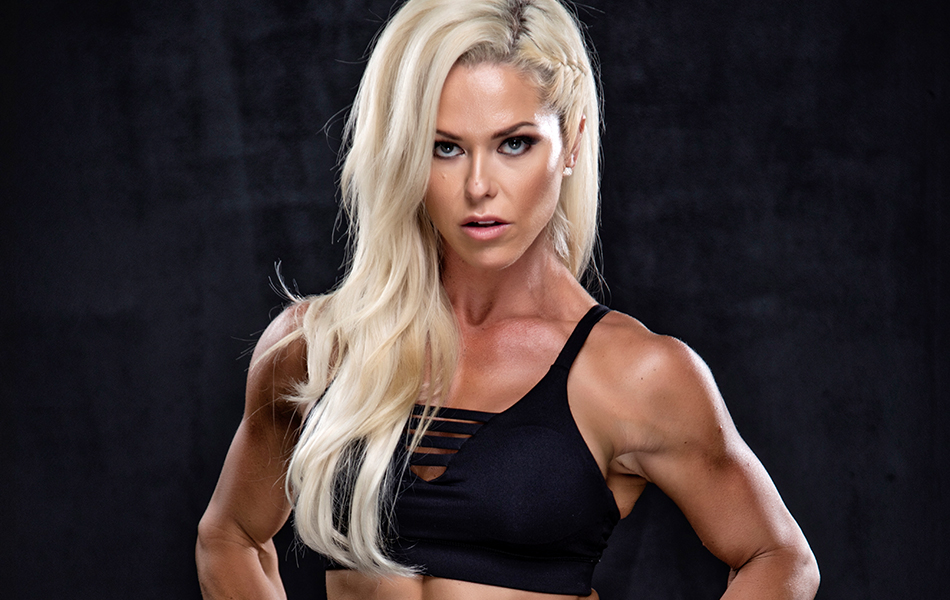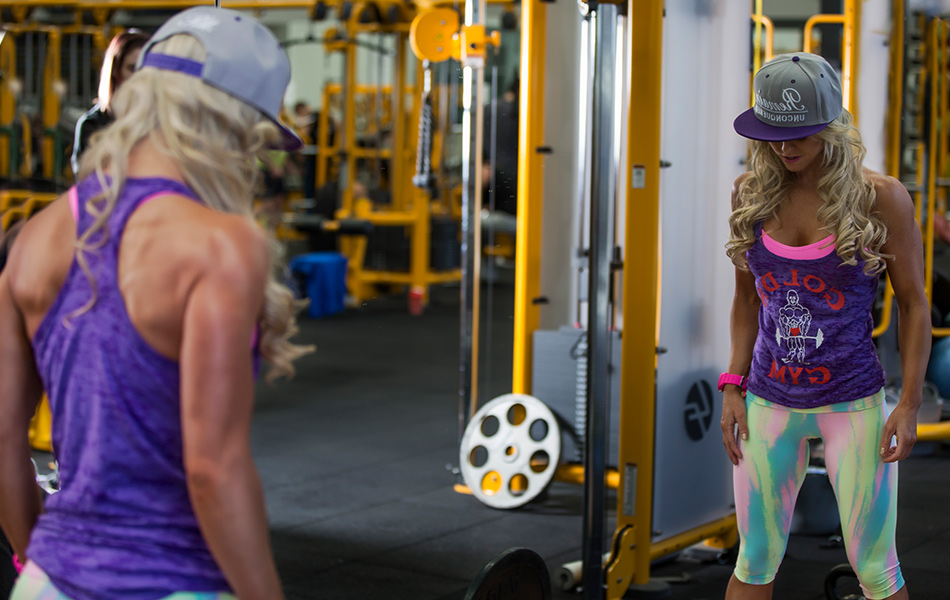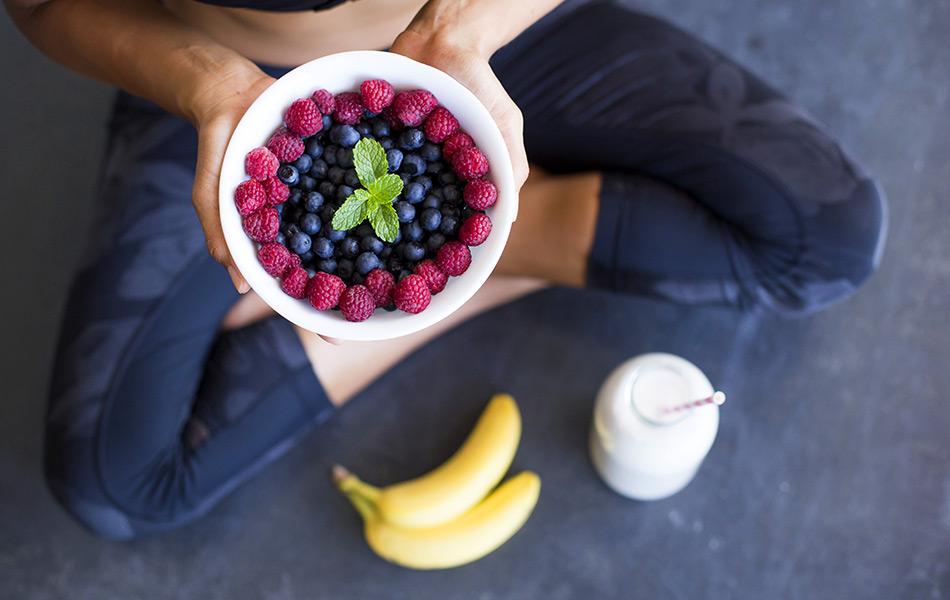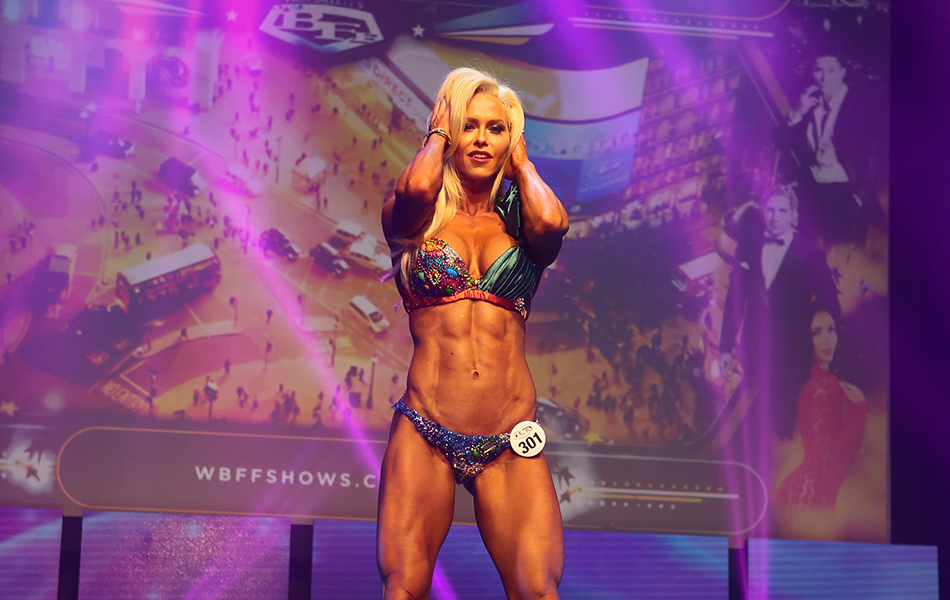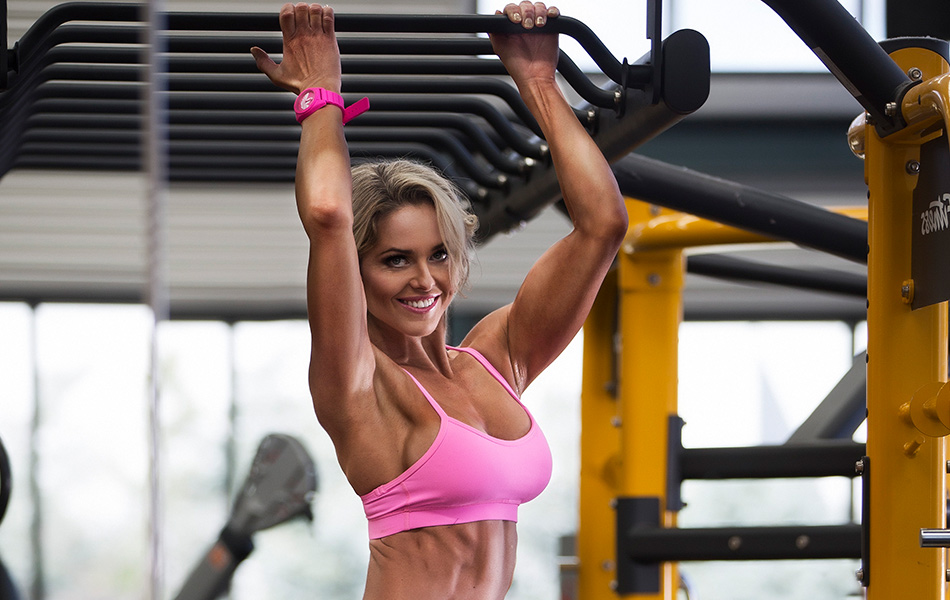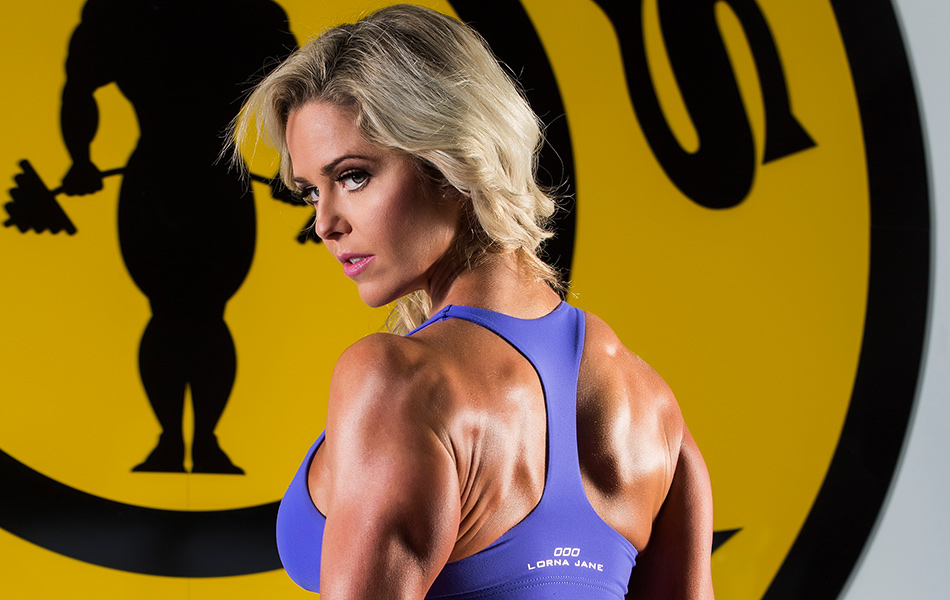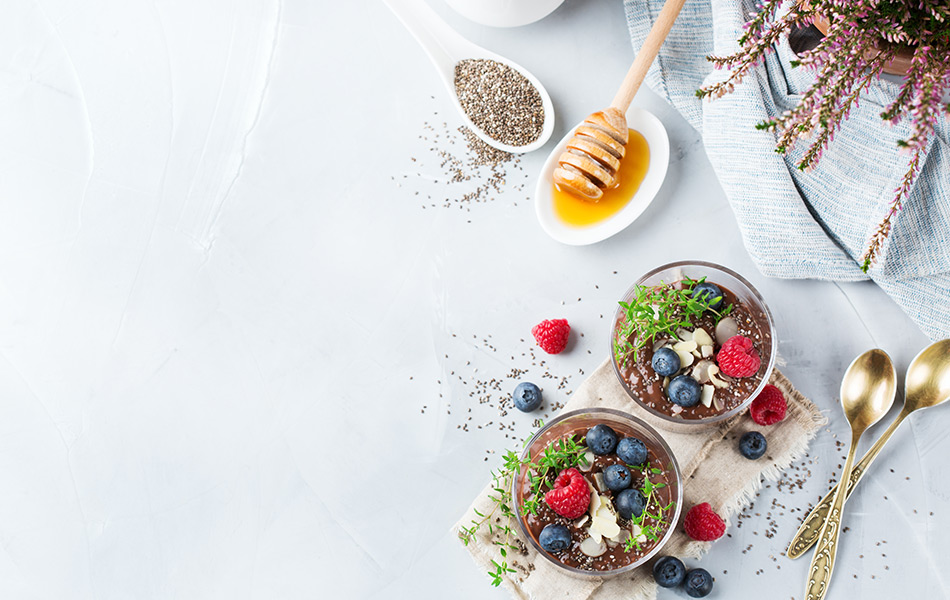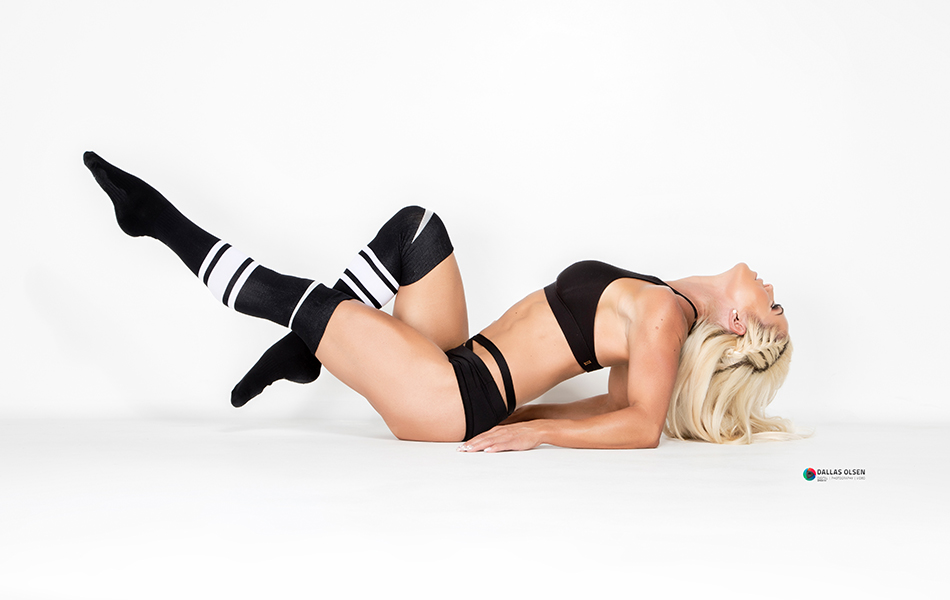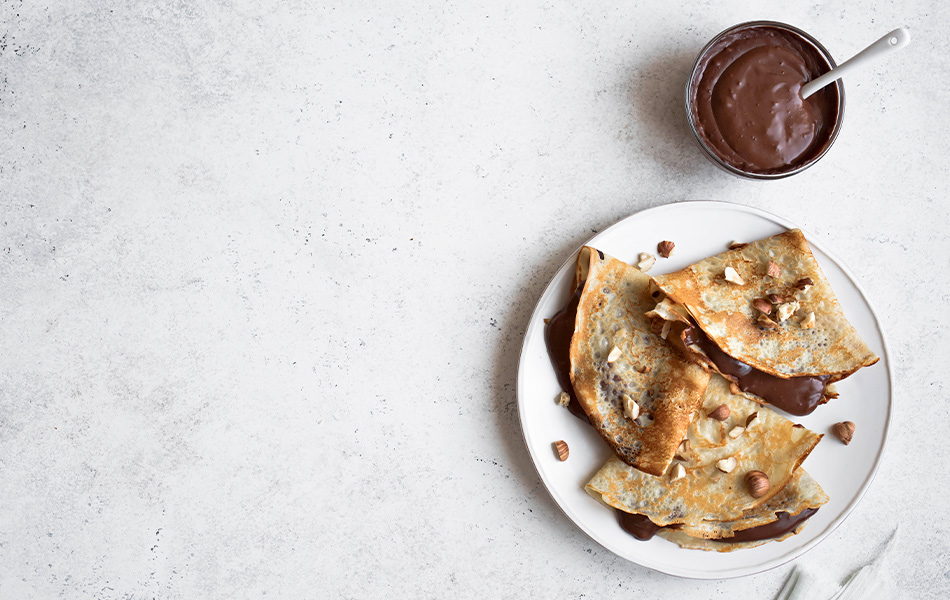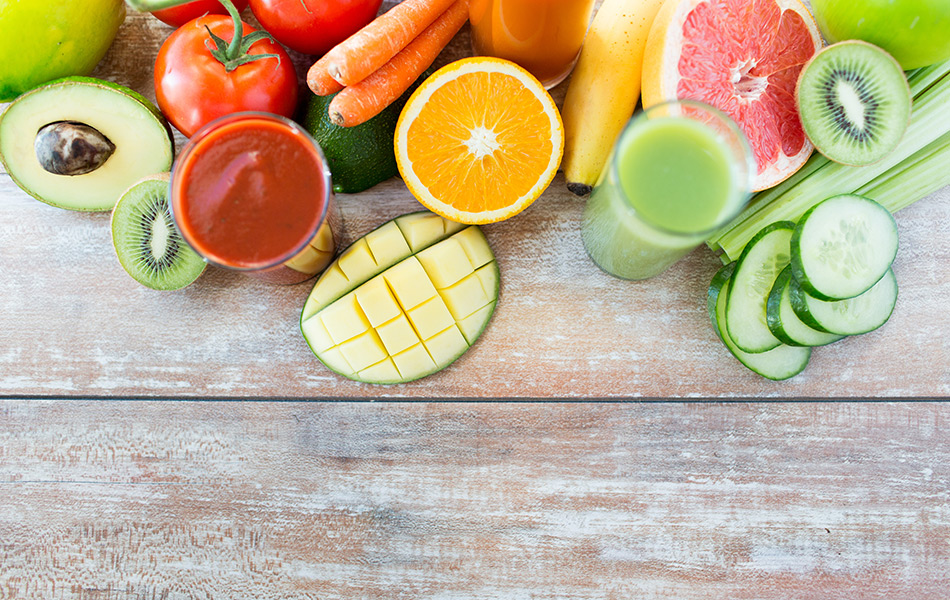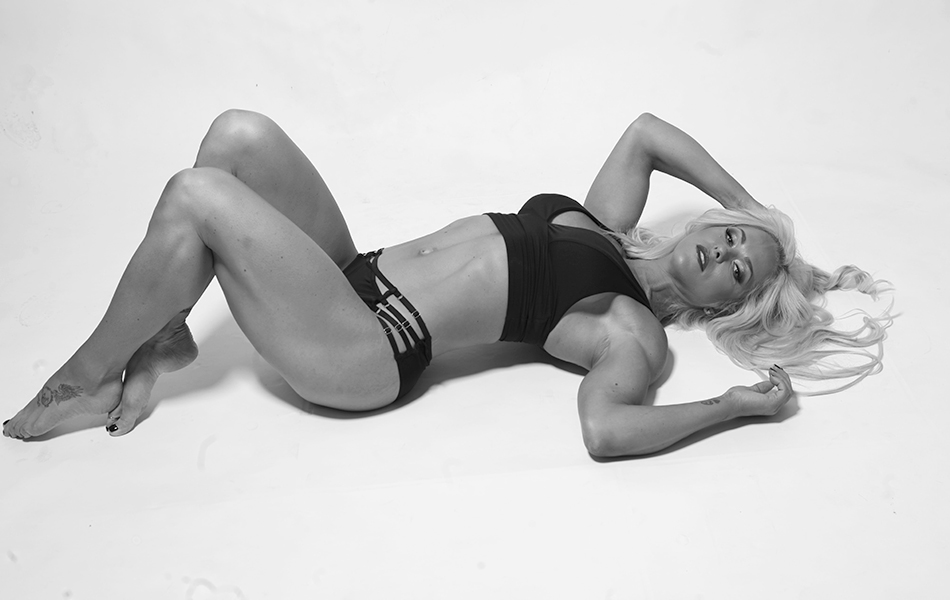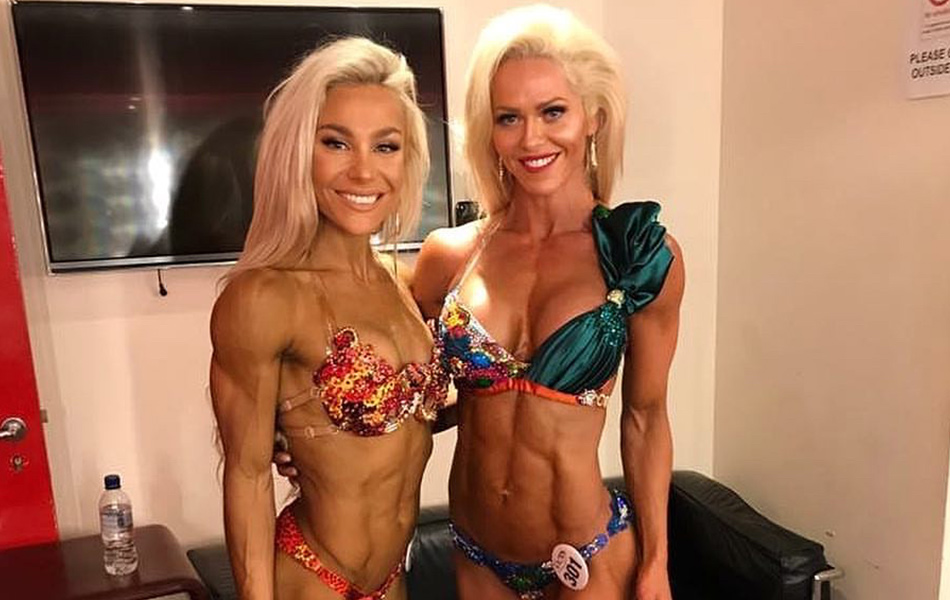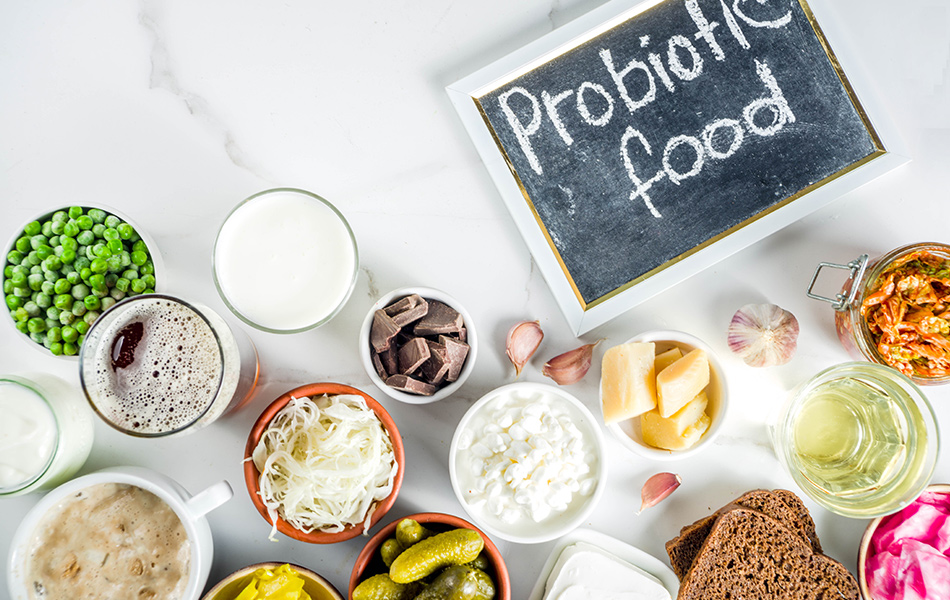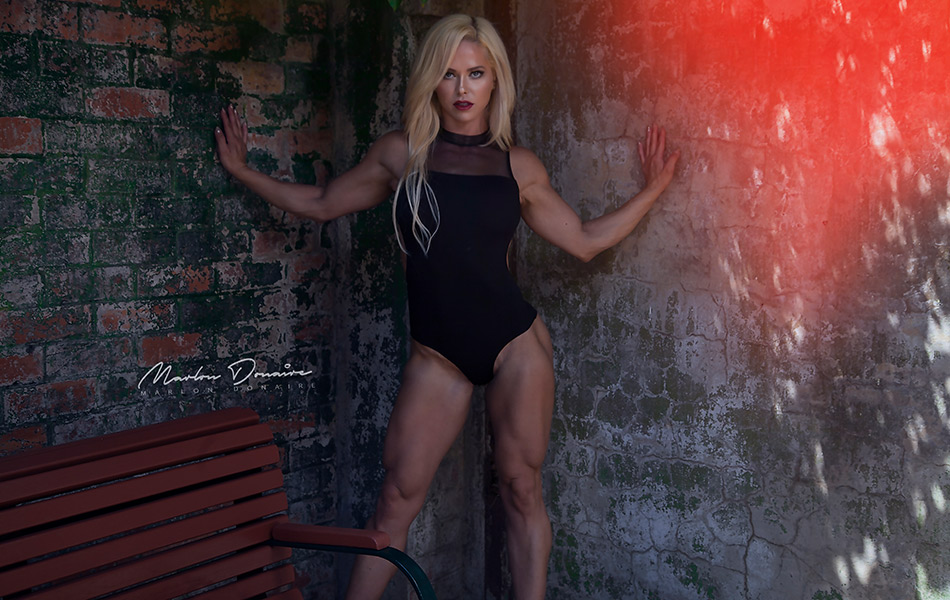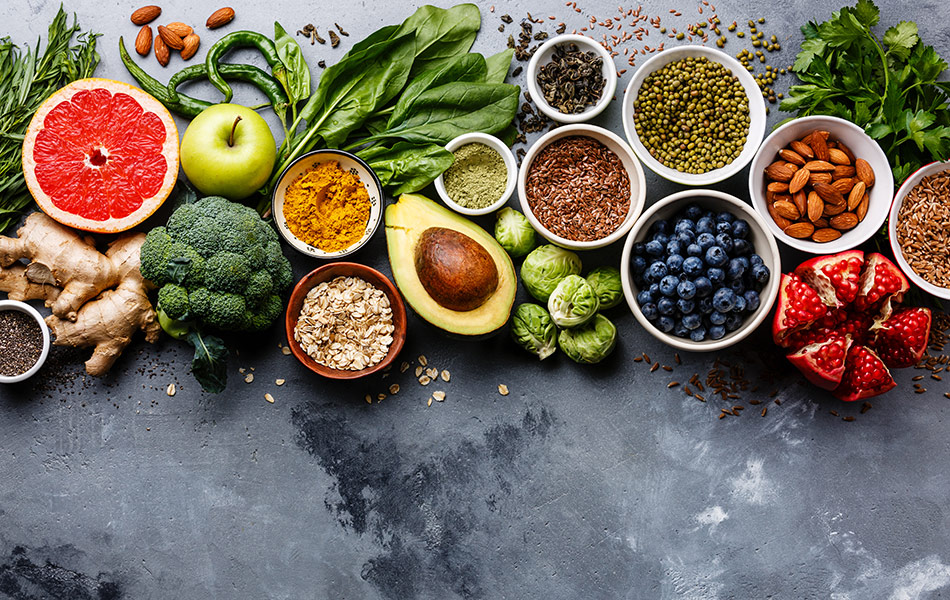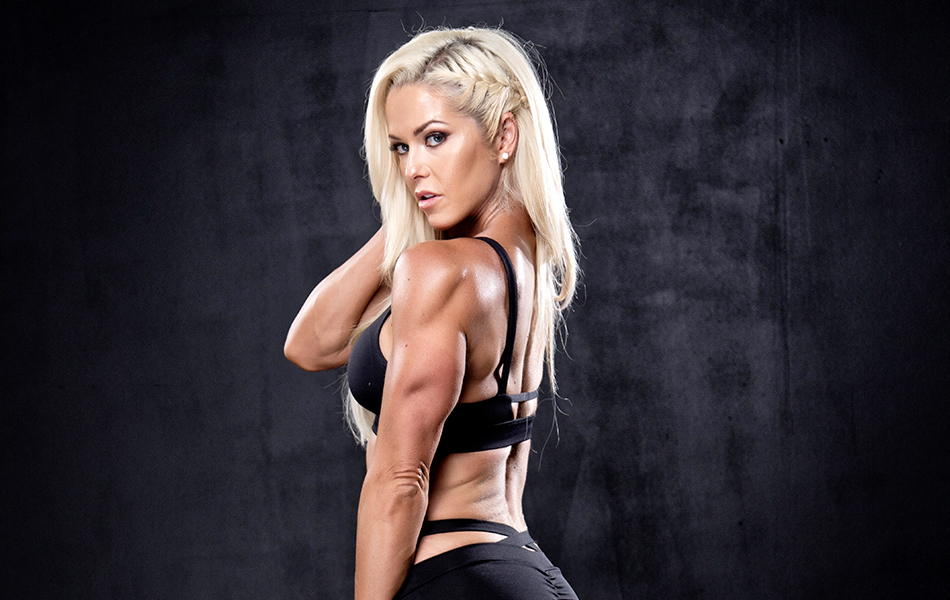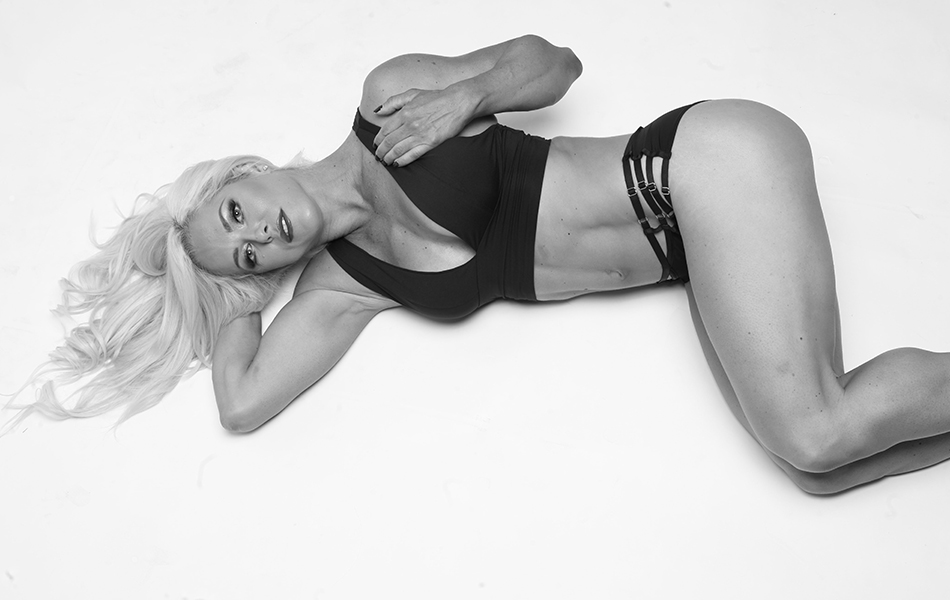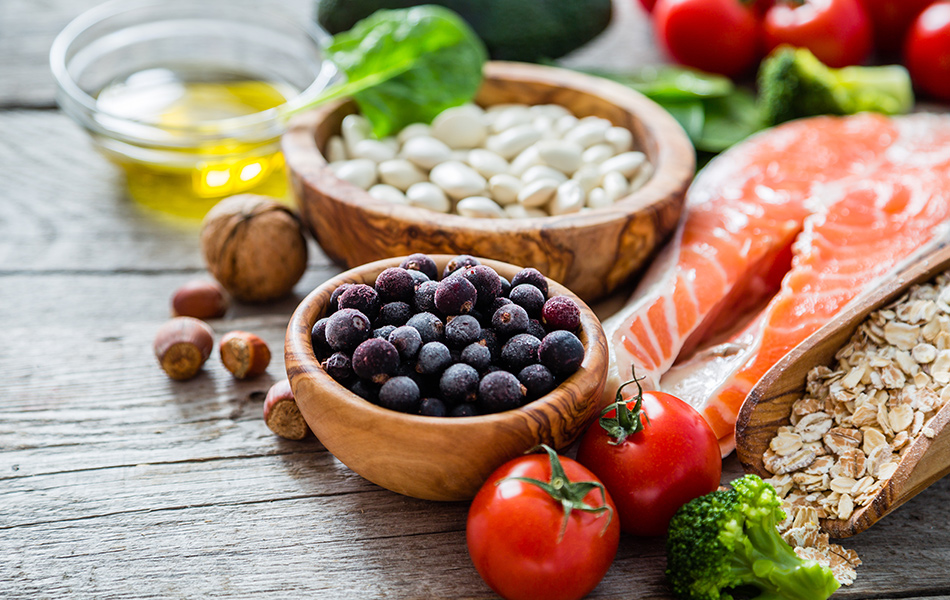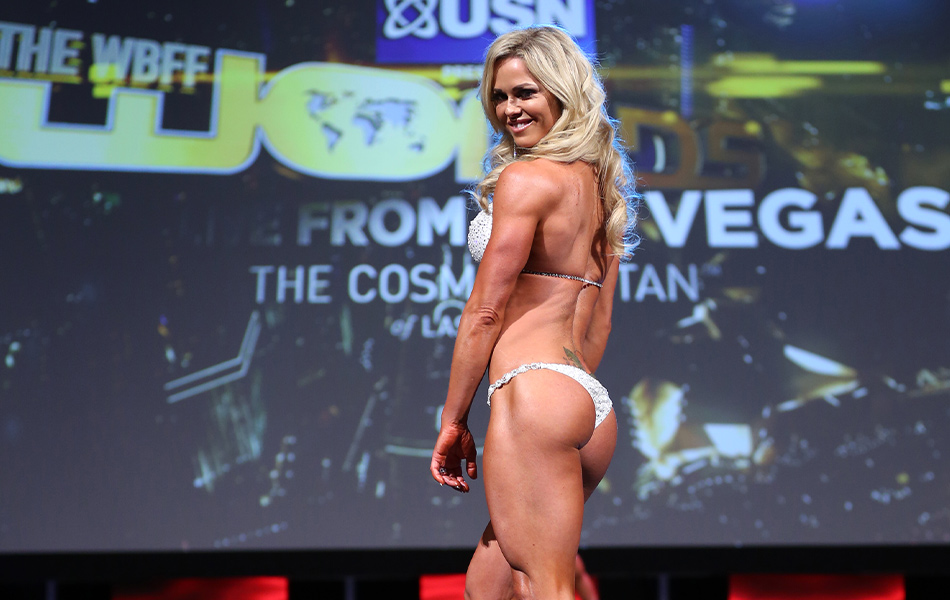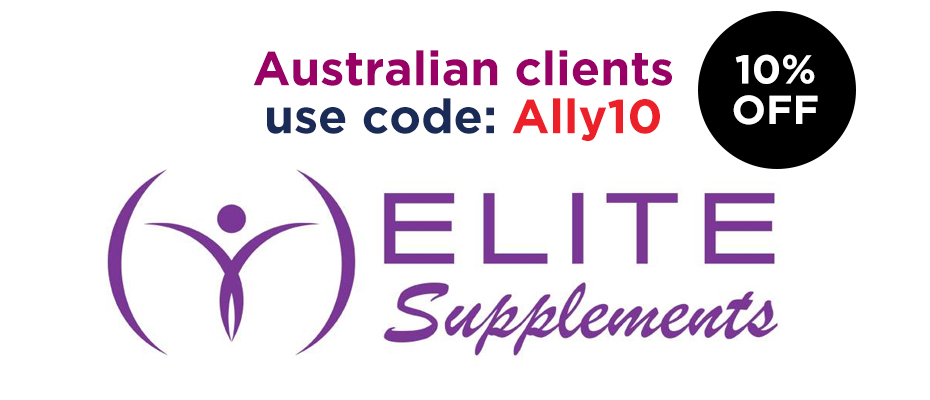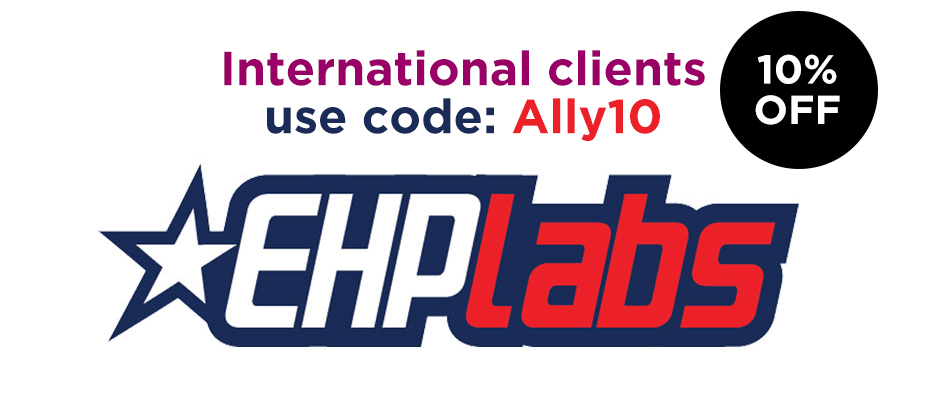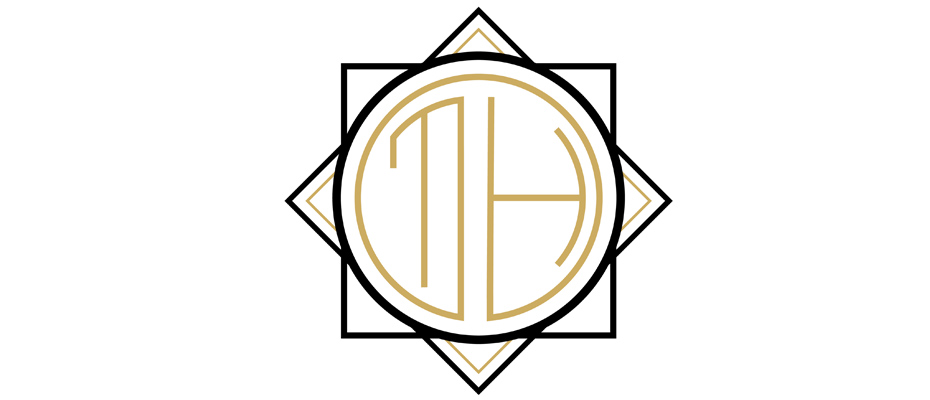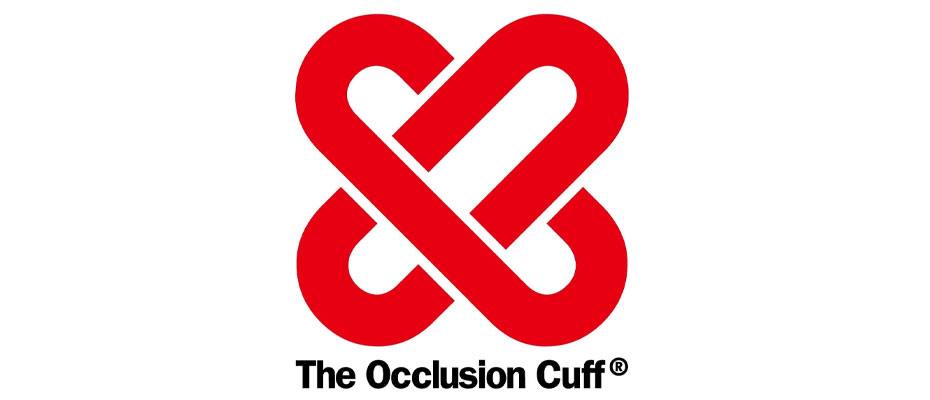The 4 Different Approaches To Weight Loss – And how to pick the right one for you.

Hey Angels, it’s Ally!
Today, we’re taking a journey into the promised land – a topic that’s so widely talked about, yet so few people in the fitness community seem to understand it.
When talking about weight loss, the first word that comes to the mind of most women is “diet”.
And men in the fitness community usually try to stay away from the term “weight loss” as much as humanly possible.
But today, we’re not going to talk about the dieting most women think of…
We’re going to look at the facts – the only actual ways one (man or woman) can go about losing weight.
That being said, I know surgical options always exist, but for the sake of giving you valuable, practical, applicable information, we’re going to skip right past them.
Without further ado, let’s get right into it.
When you get down to the bottom of it, I mean the real bottom, the core of what your body is capable of, you can narrow down weight loss to 4 specific approaches.
Each of these approaches is somewhat related to the others and combining them in a way that is most sustainable for your lifestyle is definitely the way to go.
Let’s take a look at each one individually so you can make the best decision about which will work best for you, your goals, and your lifestyle.
Approach Number 1 – Exercise
Exercise?! How shocking!
All jokes aside, regular exercise, or at the very least, physical activity should be a part of everyone’s life. Literally everyone.
Adding an exercise routine to your daily activities isn’t only a great way to reduce and maintain healthy weight – oh, no, no.
It promotes an overall healthy lifestyle.
The United States Department of Agriculture suggests that adults should exercise at least thirty minutes a day in order to lead a healthy life – and that’s not even talking about weight loss as a goal.
Turning exercise into a habit will without a doubt improve your cardiovascular endurance, your flexibility, your joint range of motion, your balance, coordination, not to mention improving muscle tissue and strength.
We also know that people who regularly exercise report a sense of better mental well-being.
Okay, but what does that have to do with weight?
Well, everything, really.
In order for your exercise regime to become a part of your life, a habit that you can’t go without, you can’t just go about it as “a way to lose weight”.
You have to know all the positives – how it makes you look better, feel better, how it helps your body fight disease, and how it gives you a true sense of accomplishment after every workout.
For the sake of simplification, I’ll say that any form of exercise will help you lose weight as it will not only increase the number of calories your body burns on a daily basis but also your body’s rate of metabolism.
Keep in mind, almost every diet that you come across is destined to fail if a training regimen does not accompany it.
I’m not going to go in-depth about the different types of training and which one is better for promoting weight loss, but just know this – the more you move throughout the day, the more energy and motivation you will have to keep moving and be active throughout the day.
So if you’re currently jumping from diet to diet and from treadmill to treadmill without seeing a consistent result that you can be happy with…
Maybe it’s time you take a closer look at your weight loss goals and try to incorporate a workout regimen that includes resistance training alongside all your cardio efforts.
Approach Number 2 – Nutrition/Food Intake
When talking about the proper “food intake” or IIFYM, there are many factors to take into consideration – such as your weight, your age, your activity level, and so on. They’re all crucial variables that you need to have in mind.
Luckily, there are a quintillion online calculators, that can at least give you an idea of the numbers you should be chasing.
But they’re not good at predicting your activity level – only you are. If you’re running errands all day or your job involves you being active and on your feet – your expenditure of energy increases.
That being said, we know one thing for sure – if your goal is to lose weight, then you must burn more calories than you consume on a daily basis.
When your energy consumption and energy expenditure are balanced, your weight will remain the same.
Calorie surplus – weight gain.
Calorie deficit – weight loss!
It’s really that simple.
Right now, our goal is to lose weight, so let’s look at the two to decrease the amounts of calories you intake.
- Consume Less Food
That sounds harsh, but let’s elaborate.
If you want to lose weight, you have to decrease the total number of calories you consume below your BMR (the average number of calories your body burns throughout the day).
So this can be as easy as skipping a snack, skipping a meal, or consuming a little bit less food in every meal. This means you can still eat what you’ve always eaten but in smaller amounts.
Even though it’s “an approach”, it’s not a healthy one.
If you’re usually eating foods that are nutrient-deficient, your body isn’t going to get all the resources it needs to maintain your physical and mental well-being.
This is the approach of many “diets” that end up wasting people’s time and leaving them worse off than before in regards to their weight and health… - Change The Foods You Eat
In comparison to the last approach, this one is heaven-sent. Let me give you an example.
Say that someone is used to eating lunch that is high in fats like the food served in most fast food restaurants.
That person decides to change their routine for a week – they start having lunch every day that is packed with healthy nutrients, low in calories, and doesn’t involve any processed foods.
This person will not only decrease their calorie intake by a large number (on a week by week scale) but will also improve the quality of food they’re consuming!
They will not only begin to lose weight but improve their overall health as well.
Just by giving their body access to new nutritionally-balanced foods, their body will thank them by functioning optimally.
This is where the concept of IIFYM comes in, but we’ll leave that for another time…
Out of the two options, the second is obviously preferred.
However, it’s not as easy to implement dietary changes as some people might think.
The reason for that is that it involves a lifestyle change that a lot of individuals just can’t deal with.
But if you decide that the food intake approach is your approach to lose weight, you’re making an effort to cut off foods that are highly processed, high in fat, and low in nutritional value.
Is this the approach you’re taking?
Approach Number 3 – Stimulate Your Metabolism
In my opinion, a very undermined and often skipped approach, stimulating your metabolism essentially means increasing the number of calories your body burns on a daily basis.
Meaning that if that you increase your metabolism to a level where your body burns more calories than you consume, voila, you’re losing weight.
Everyone has, as I mentioned above, a little something called a Basal Metabolic Rate (or BMR).
Your BMR refers to the amount of energy that your body uses when at rest in an environment with neutral temperature. To determine your BMR value, you need your digestive system to be inactive which usually means fasting for half a day.
The part of your system that’s responsible for the “fight or flight” also has to be inactive.
When those two elements are in place, you can determine your BMR – the number of calories your body burns just for using its necessary mechanisms.
There are a ton of metabolism stimulants, supplements, and herbs you can try that focus on increasing an individual’s BMR, so let’s take a look at a few different approaches.
First of all, we have to mention prescription metabolism stimulants – as the name suggests, you need a prescription from your doctor to get these because they’re often accompanied by side effects and nasty drug interactions.
Second, there are a bunch of synthetic and herbal alternatives that you don’t need a prescription for that aim to increase your BMR, but the FDA does not approve the majority of them.
When taking into consideration all the headaches, abdominal pain, bloating, and other side effects, and the fact that the FDA rigorously researches them and does not approve any of them for long-term use…
We can see why these probably aren’t an option for us.
Of course, you can go ahead and try that option, only after you consult your doctor.
But leaving all these suspicious and untested drugs behind, let’s look at some completely natural ways to increase your metabolism!
- Magnesium – Magnesium is a mineral that every cell in your body needs to function. It’s used in over 300 biochemical reactions such as the optimal function of your muscles, nervous system, even your heart. Foods high in magnesium that you can try are nuts such as almonds, cashews, peanuts, oatmeal, legumes, whole-grain cereals, and nearly all green vegetables!
- B Vitamins – these are the vitamins responsible for DNA synthesis, the function of the central nervous system, as well as energy production in the body. Foods high in vitamin B include spinach, beans, melon, eggs, broccoli, and poultry.
- Healthy Snacks – consuming small but healthy snacks as you’re going about your day is a great way to boost your metabolism. It can minimize food cravings and reduce overeating tendencies that most often lead to weight gain. These snacks should include foods that are low in fat and high in protein as well as complex carbohydrates. Just to name a few, you can go with peanut butter, fruits, cottage cheese, soups, salads, and so on.
- Eating Breakfast – if you’ve not read my post about the importance of breakfast, you’re missing out. Clinical studies show that eating breakfast may increase your resting metabolism by up to 10% while reducing the risk of obesity! Believe me, having breakfast is always a good idea.
And last but not least…
Approach Number 4 – Appetite Suppression
Believe it or not, appetite suppressors are becoming a big part of weight loss plans nowadays for their ability to reduce food cravings.
How do they do that?
I’m glad you asked.
Appetite suppressants decrease the body’s food cravings by increasing the levels of serotonin in your brain. Clinical studies have concluded that when an individual’s serotonin levels are low, they are more likely to develop overeating tendencies.
But I can tell you this – if you’re going to commit yourself to losing weight (and losing it for good), you’re going to need to make a few small lifestyle changes that, over time, will help you achieve that goal.
Sure, exercise is an excellent way to lose weight, but if you’re constantly giving in to your food cravings and not watching your nutrition, it’s not going to be of much help when it comes to weight loss specifically.
I hope this post gave you some clear pointers as to how you can approach your weight loss plan – and if you need a professional’s help, feel free to reach out.
So tell me – which of these approaches do you think is the best for you and your lifestyle?
Talk to you soon,
Ally

